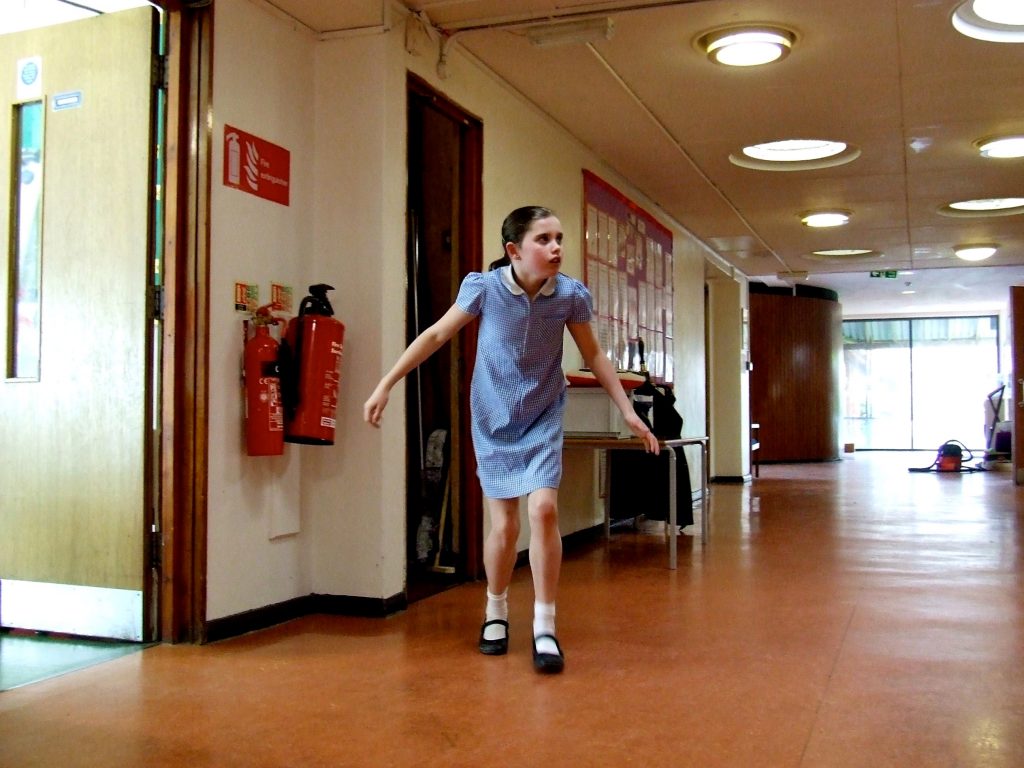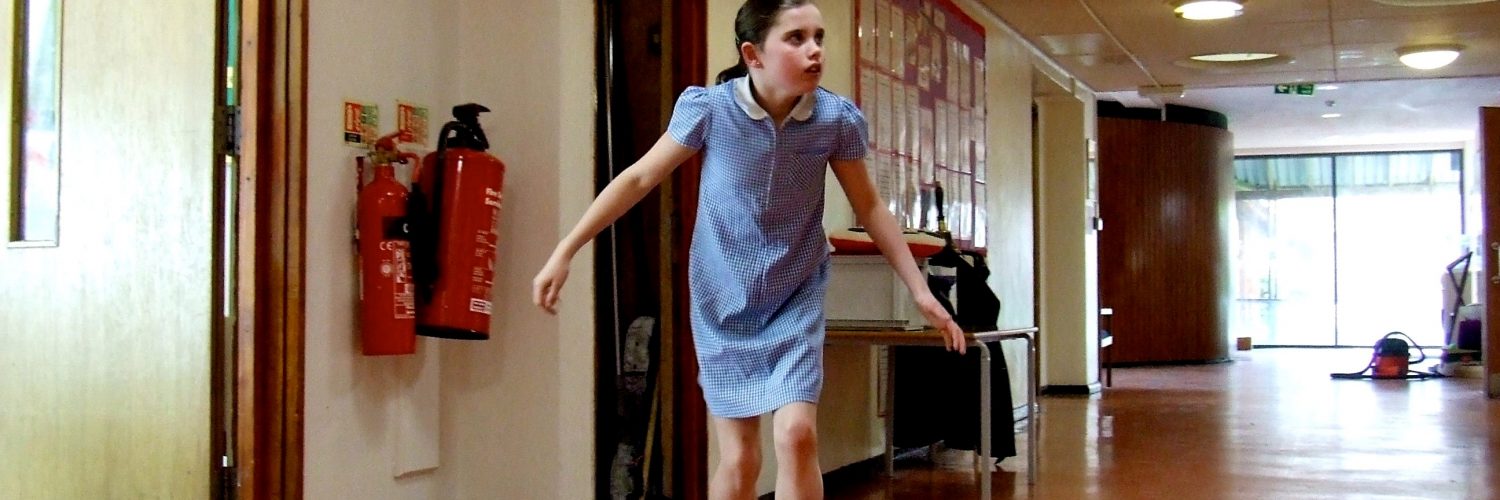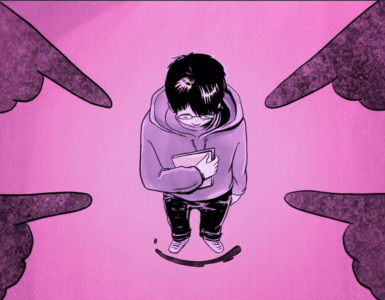At a ‘Fight Disinformation with Media literacy!’ educational event in Brussels in November 2018, we heard a range of media literacy programmes targeting fake news. This post explores the possible flaws in many instrumental approaches and suggests a more oblique route to literacy in the digital age that starts in the earliest years. Being literate is about being able to make, exchange and share meanings in a range of modes, on a range of platforms, in everyday settings to more formal contexts. In other words, definitions limited to skills acquisition – learning to read, write and decipher messages – is not enough. Literacy is about equipping children for productive social and cultural participation: it’s contested and ideological in nature. ‘Bottom-up’ literacy has to be approached holistically, and to succeed must make space and time for learners’ interests, passions and perspectives. Discernment and critique are vital skills for negotiating the media landscape, but prior to developing these, what needs to be taken into consideration is the legitimacy of media learning and the willingness of the learner to take part. Paying attention then, to both the sustainability of media education programmes and to learner disposition are key to meaningful outcomes, which in turn depend on the flexibility and porosity of structures and pedagogies.
My work in an after-school film-making club in a primary school in East London, UK involved making a film about a lost zombie wandering around the school. Each child had a role in the film-making process, including a 10-year-old stills photographer who took this shot of the vulnerable zombie in question.

It’s time to value young people’s informal interests, to welcome popular media cultures into the classroom, to analyse them and make them productive. Creative media production offers children the tools to create and anatomise media texts (for example using tablets), autonomy to ‘fail’ and regularly redraft work, freedom to run with imaginative leaps, and ownership of a social, messy and open-ended learning environment. These concrete and collaborative film-making experiences can, in many cases, develop a sensitivity towards audiences and the evocation of mood. Hence, mobilising film as a discreet visual art form in schools enables children to critically reflect on media constructs, remix their own cultural repertoires, create form from formlessness, and manipulate audience emotion. They play and perform with rhetorical devices and exercise critique in contexts of their own choosing.
If we ignore media arts engagement and end up framing media literacy solely around the dry negotiation of mis- and dis-information, we risk alienating many young people and possibly even boring them to death through knee-jerk reactions to the latest media-related moral panic. My experience suggests that taking the long view, and starting out with creative practical media work in the early years is a powerful and relevant literacy practice on which to base further media learning. These types of inclusive immersive literacy events construct positive learner identity and a sense of collective empowerment, these can be built on in the service of a social civic sense rooted in their own local concerns.

Author
Dr. Michelle Cannon, Lecturer in Digital Media, Culture and Education, UCL, Institute of Education, University of London, UK
Recent publication:
Digital Media in Education: teaching, learning and literacy practices with young learners (Cannon 2018, Palgrave)












